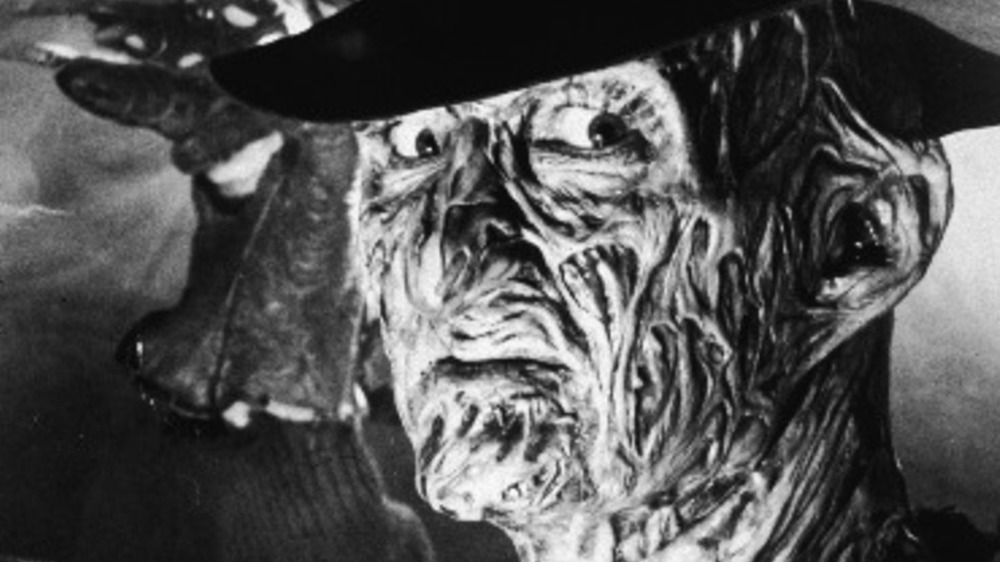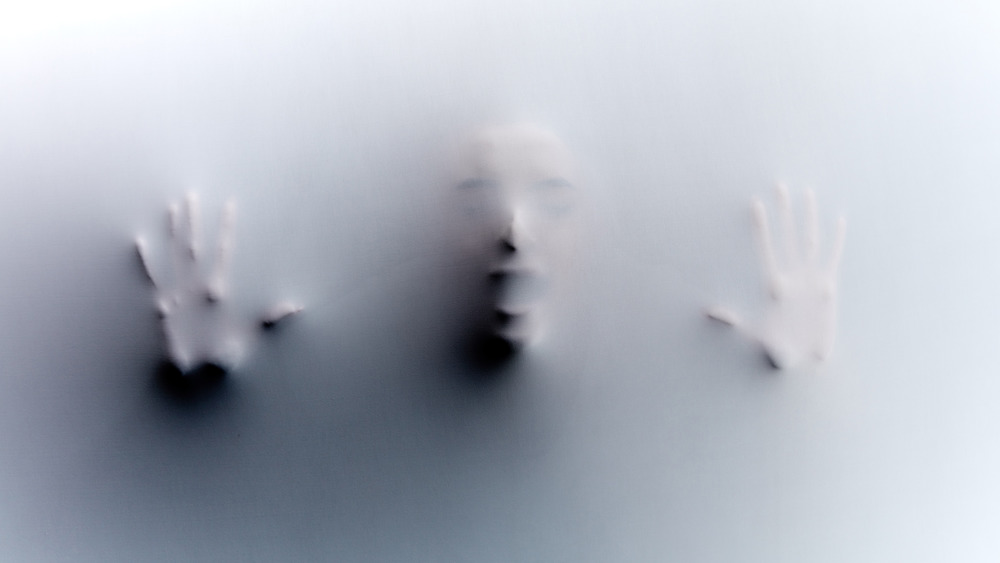The Mysterious Deaths That Inspired A Nightmare On Elm Street
In 1984, Freddy Krueger first appeared on American movie screens, terrorizing the teenagers of Elm Street by turning their dreams into deadly nightmares. His debut film, A Nightmare on Elm Street, was an instant success, raking in $57 million at the box office and receiving rave critical reviews, per the AFI Catalogue. Its unsettling premise had struck a nerve with audiences, who were captivated by the creepy monster that kills people while they sleep. However, Krueger was not merely the fictional brainchild of a twisted horror movie creator. The premise had its roots in a very disturbing and very real unexplained phenomenon called Sudden Unexplained Nocturnal Death Syndrome.
In the 1970s, the Los Angeles Times began reporting on a mysterious phenomenon of healthy, young Southeast Asian men dying suddenly in their sleep from unexplained causes. It almost exclusively afflicted young refugees from Laos, Cambodia, and Vietnam, who had fled their homes and immigrated to the United States as a result of the Vietnam War and the Cambodian Genocide, and no one could understand what was killing them, according to History.
Wes Craven was inspired by an article he read in the L.A. Times
As of 1981, at least 13 Laotian refugees were mysteriously struck dead in their sleep, according to the Los Angeles Times. It was an article in this same newspaper that would inspire A Nightmare on Elm Street creator Wes Craven to write the film. "I'd read an article in the L.A. Times about a family who had escaped the Killing Fields in Cambodia and managed to get to the U.S. Things were fine, and then suddenly the young son was having very disturbing nightmares. He told his parents he was afraid that if he slept, the thing chasing him would get him, so he tried to stay awake for days at a time. When he finally fell asleep, his parents thought this crisis was over. Then they heard screams in the middle of the night. By the time they got to him, he was dead. He died in the middle of a nightmare," Craven told Vulture.
The mysterious deaths afflicted young, healthy Asian men
No one could understand what caused the syndrome, nor why it seemed to only affect young refugees. But similar sudden nighttime deaths, called pokkuri, had been previously documented in Japan, leading some experts to believe there might be a genetic similarity across men with Asian ancestry that predisposed them to the affliction, per the Los Angeles Times. Medical professionals speculated the cause of death was a sudden "coronary artery spasm," despite the fact that the victims were almost always healthy men in their 20s and 30s who had no prior history of heart disease.
Some people tossed around more nefarious theories, such as the deaths being the result of a secret chemical nerve gas, while others believed the cause was more spiritual than physical. Dr. Larry V. Lewman, a county medical examiner, told the Los Angeles Times there was "no evidence" it was a nerve gas, explaining "nerve gas doesn't act this way...if it was nerve gas, why does it affect only males and why only during the night?"
They 'don't have the right things to perform the right rituals'
According to Dr. Khatharya Um, author and associate professor at UC Berkeley, the ailment might have a less concrete explanation. It was a commonly held Hmong belief that people have a duty to honor their ancestors, but leaving their homeland meant they had lost the ability "to do right by [their] ancestral spirits because [they're] not there, or because [they] don't have the right things to perform the right rituals." As a result, their ancestors were now punishing them, via History. She went on to say that it was also possible that extreme stress was the culprit, speculating the deaths might have been a reflection of the "kind of stressors that come with being forcibly removed from a familiar world to a completely alien and sometimes even hostile context."
Despite all the media attention, medical interest, and an official investigation conducted by the Centers for Disease Control and Prevention (CDC), whatever was silently killing these refugees was never adequately explained. But the fear of a sudden, mysterious nighttime death had worked its way into the broader social psyche, finding an outlet in the wildly popular horror movie A Nightmare on Elm Street.



